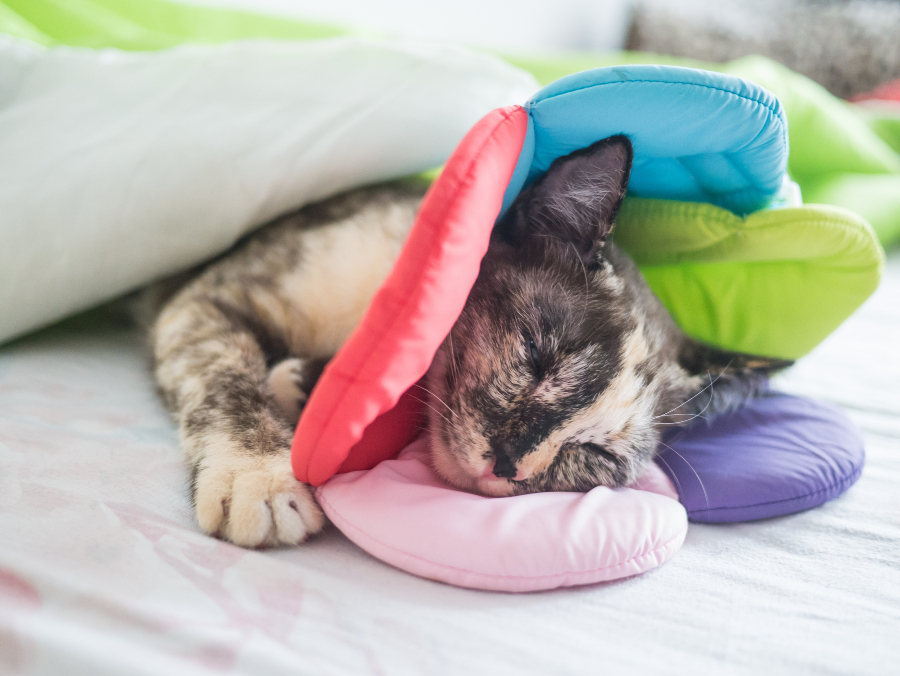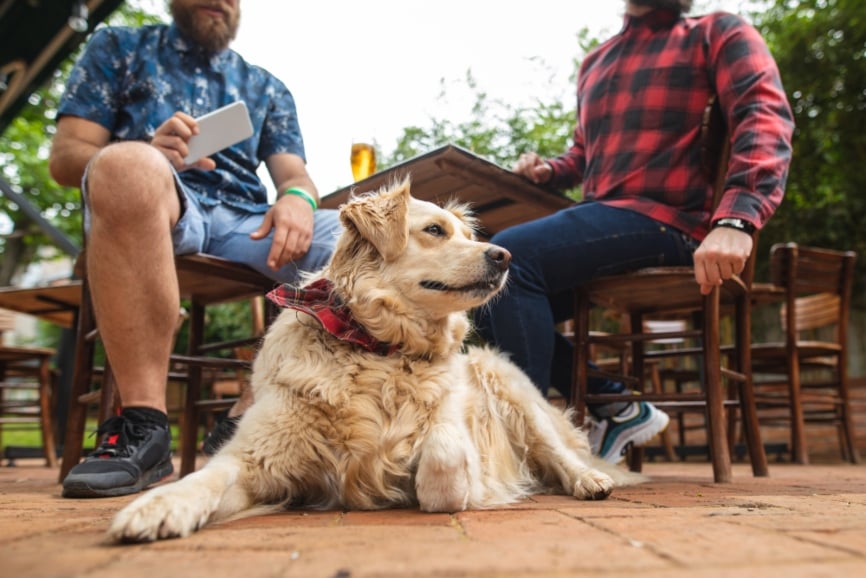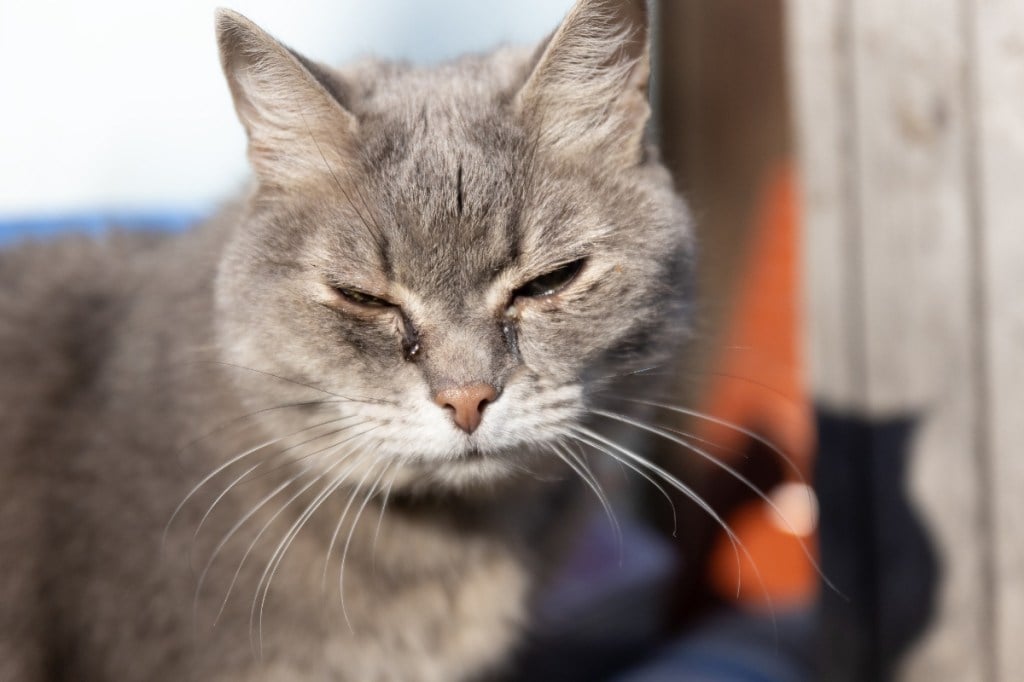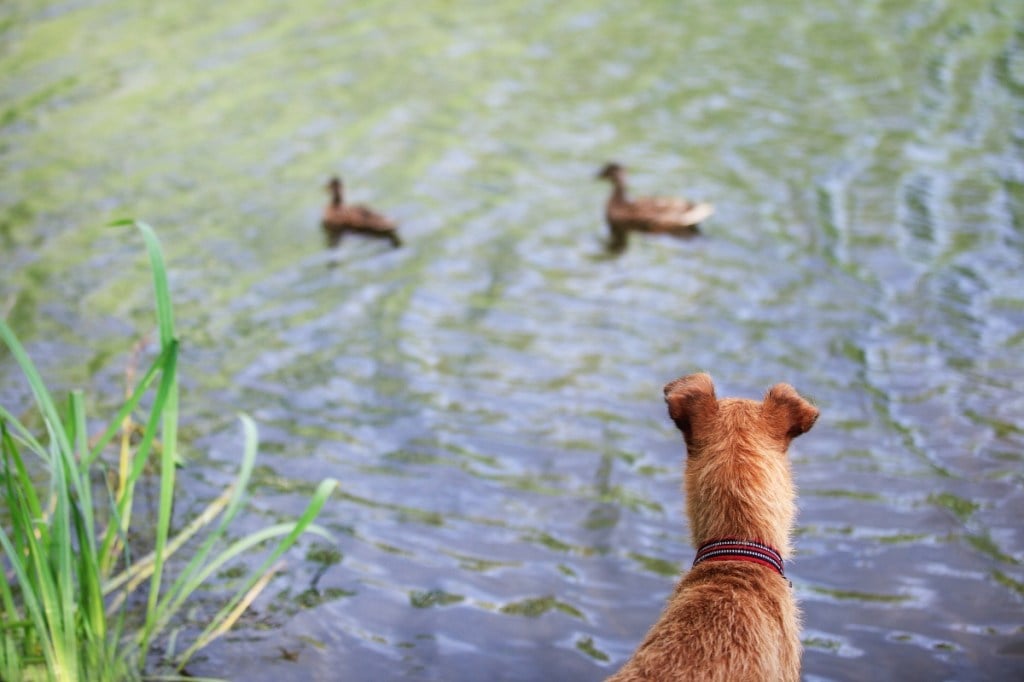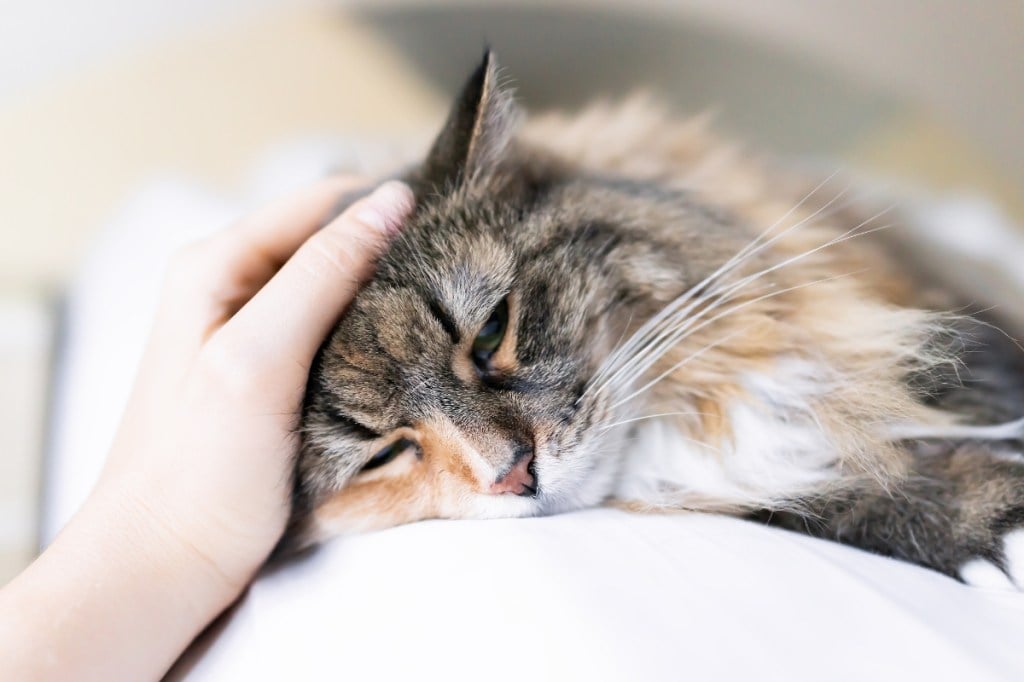Table of Contents
Key Takeaways
- Pets instinctively lick their wounds but this can cause infection and delayed healing.
- Vets often put pets in plastic cone collars after surgery.
- Alternatives to the “cone of shame” are inflatable collars, soft E-collars and neck brace collars.
- Try covering the wound with soft fabric secured by medical tape to prevent licking.
- Keep pets busy with other fun things to distract them from licking wounds.
Why do dogs and cats lick their wounds?
Dogs and cats tend to instinctively lick their wounds, which can often do more harm than good, so keeping your pet from licking their wound is an important part of surgery aftercare. With access to the wound, your pet’s licking could delay healing, lead to infection, or even remove the stitches and reopen the wound.
How Can You Tell If Your Pet’s Wound Is Infected From Licking?
Some signs of a wound infection include redness, pain, swelling, and especially bloody or yellow discharge. Additional signs of infection include lethargy and lack of appetite. An infection should be seen by your veterinarian immediately. The longer veterinary care is delayed, the worse the infection can get, requiring more extensive treatment.
How to keep dogs and cats from licking their wounds
To prevent licking, most veterinarians recommend your pet wear an Elizabethan collar (or E-collar) which is the classic, plastic cone collar, sometimes called the “cone of shame.” Though it is effective, an E-collar isn’t usually the preferred option for most pets because it’s stiff, bulky, and can be heavy, which causes discomfort and makes it more difficult to move around. This may cause your dog or cat to appear depressed, and some pets may even refuse to eat or drink.
Cone alternatives for dogs and cats
Fortunately, there are several alternatives to the “cone of shame,” including cones and collars that are more comfortable for your pet, as well as other tactics to prevent licking.
When purchasing any type of collar or cone, it’s important to choose the appropriate size for your pet, otherwise they may still be able to reach their wound with the collar on. It’s advised to try out a few options in advance, if possible, so you can find out what works best for your dog or cat. Here are some great alternative options to the plastic cone.
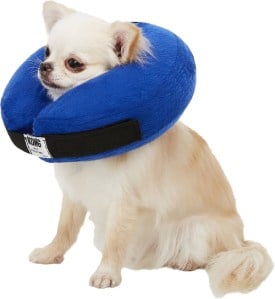
Inflatable collars
An inflatable collar is similar to an airplane pillow and prevents your pet from licking by greatly reducing the mobility of their head. These collars are lightweight, soft, and allow your dog or cat greater visibility than the traditional E-collar which blocks all of their peripheral vision. There are a number of inflatable collars available, such as the KONG Cloud Collar, the Protective Inflatable Cone Collar, and the Well & Good inflatable collar.
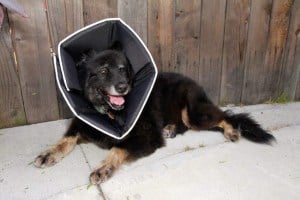
Soft E-collars
Similar to the traditional plastic E-Collar, a soft collar is made of fabric, which is quieter, more flexible, and ultimately more comfortable for your pet. The Comfy Cone is the most recognized brand, but there are other choices, like the E-KOMG, and various attractive collar designs by Alfie Pet, such as a sunflower and a lion’s mane.
Neck brace collar
Similar to a neck brace for humans, these pet collars for dogs and cats have a rigid plastic exterior and a soft, padded interior. When properly fitted, it prevents your pet’s neck from bending and only allows for lateral head rotating. One popular brand is the BiteNot collar which is available in seven sizes.
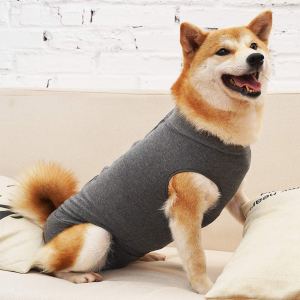
Cover the wound
Another method to prevent licking is to cover the wound, rather than restricting the movements of your pet’s head. There are specialized recovery body suits you can purchase for dogs and cats, or you can use a t-shirt, onesie, or sock (for leg wounds) and medical tape to secure the fabric (but never apply tape directly to your pet’s fur).
Distraction
Redirecting your pet’s attention away from their wound is another technique that can be used alone or in conjunction with one of the products mentioned above. Keep your dog busy with something safe to chew on, such as a carrot or a Kong stuffed with peanut butter or canned dog food (freezing it first will make it last even longer!). Puzzle toys are another great option for both cats and dogs. Simply fill them with dry food or treats and let your pet get to work trying to retrieve their tasty reward.
Want to make sure your pets are covered from those unexpected illnesses or injuries with no limits on payouts? Get a quote and make sure you’re covered for those dog and puppy mishaps and unpleasant surprises.
